
On Spotify, francophone content continues to cross borders at an unprecedented rate. In 2024 alone, more than 123 million listeners worldwide streamed audio content in French, whether music, podcasts, or audiobooks. What’s more, 100 million of those listeners were outside of the historically francophone regions of France, Quebec, Belgium, Luxembourg, and Switzerland.
“It’s incredible to see the power of our platform connecting over 100 million fans globally with francophone content. This is more than just a musical trend—it’s a testament to our ability to deliver creativity and fuel discoverability across the globe,” said Gustav Gyllenhammar, Vice President, Markets and Subscriptions at Spotify. “We’re seeing listenership for francophone content explode in markets across Asia, Africa, and Latin America, a phenomenal proof point for Spotify’s ability to help artists and creators find their audience, no matter where they are. Spotify offers audio creators from all walks of life, from Québec to West Africa, a global stage, and we’ll continue to support them in growing their audience on our platform.”
Charting the global impact of francophone music
Francophone music in particular remains immensely popular around the world. Every month, more than 64 million hours of music performed in French is streamed from all corners of the globe. French music owes this global success to the wealth of styles it encompasses.
Today, we can hear songs like Indila’s “Dernière danse” resonate in São Paulo, while Gazo and Soolking’s “Casanova” pops up on playlists in Cairo and Patrick Watson’s “Je te laisserai des mots” touches hearts in Seoul.
Powerful voices like those of Stromae, GIMS, and the “Queen of France,” Aya Nakamura, stand alongside more recent talents like Yamê, whose single “Bécane” was a viral smash hit. This musical diversity, carried by artists from all walks of life, makes the range of expression found in francophone music as vast as it is universal.
Most-listened-to francophone artists on the platform worldwide:
-
- Stromae
- GIMS
- Jul
- Indila
- Patrick Watson
- Soolking
- Aya Nakamura
- Tayc
- Gazo
- PNL
Expanding beyond borders
Outside of France, artists from Africa are also contributing to the popularity of french music, bringing styles that navigate between local heritages and global influences. From the streets of Abidjan to the studios of Bamako, established artists like Tiken Jah Fakoly, Amadou & Mariam, and Sidiki Diabaté bring the rich musical traditions of their homelands to the world.
Quebec also plays a decisive role in the worldwide demand for french content. With nearly half of Quebec users regularly listening to music, podcasts, or audiobooks in French, the province stands out as a major consumer and global exporter of francophone content. Quebecois artists continue to captivate fans both in Canada and abroad, with the likes of Patrick Watson, Les Cowboys Fringants, Charlotte Cardin, and Enima dominating the charts in Quebec, and songs like “Je te laisserai des mots” popping up in more than 6.6 million playlists worldwide last year.
Elevating francophone voices
As the sounds of francophone music seduce the world, podcasts are also reaching attentive ears. Francophone podcasts have seen streams skyrocket by 1,888% since 2019, with shows like The GOAT and LEGEND reaching listeners outside of francophone zones. Alongside those, educational formats like InnerFrench, Little Talk in Slow French, and Easy French are a hit with those who want to learn or perfect their French. Meanwhile, L’Heure du Monde, Canapé Six Places, HugoDécrypte, and Rock & Pop Stories nourish the curiosity of listeners around the world with news, social observations, and pop culture content.
On average, the francophone podcast is listened to for more than four hours per month by those who do not speak French daily—a constantly increasing figure reflecting a real curiosity for stories and voices from the francophone world.
Top 5 most-listened-to francophone podcasts worldwide:
-
- The GOAT
- LEGEND
- Little Talk in Slow French
- L’Heure du Monde
- InnerFrench
Francophone audiobooks are on the rise
French-language audiobooks have only just begun their history on Spotify, but the response from listeners already speaks for itself. Following the launch of Audiobooks in France last October, they have quickly found their audience, with classics like 1984 and immersive narratives like Jacaranda reaching curious listeners. While the bulk of listening today is concentrated in a few key markets, the trend is spreading: Every month, nearly 12,000 hours of French audiobooks are streamed in countries where French is not the main language.
Additionally, five of the 10 most-listened-to francophone audiobooks in North America come from Quebec authors, including TK’s Aliss and Patrick Senécal’s Aliss and Hell.com, as well as Andre Cedilot and Andre Noel’s Mafia Inc. This success is a testament to Quebec’s literary influence and the growing interest in its stories on Spotify.
Breaking down the success of francophone music
Spotify data paints a definitive picture of francophone music’s global popularity, and For the Record spoke with Spotify’s Global Head of Editorial, Sulinna Ong, for an in-depth look at the French cultural and musical trends that have made waves in 2025.
How do you explain the continued success of francophone music on Spotify? What do you think is driving this global phenomenon?
There’s never been a better moment for francophone music. Its global rise is being driven by a mix of deep emotional storytelling, a rich diversity of styles, and artists who aren’t afraid to blend tradition with innovation. From rap to electro-pop to variété française, French-language music resonates with listeners far beyond its borders.
That’s not a coincidence. It reflects the growing appetite for authenticity and genre-bending creativity—two things that francophone artists excel at.
What role does Spotify play in promoting francophone music, podcasts, and audiobooks abroad?
Spotify serves as a bridge between creators and global audiences. We work closely with local editorial teams to identify emerging francophone voices and help them break beyond their home countries. Our Spotify music editors share tracks they believe have cross-border appeal, and we’ve seen that effort pay off in a big way.
Take Yamê, for example. We spotted him early, supported him through our RADAR program, and now more than half of his streams come from outside France. That’s the kind of journey we aim to enable: local talent, global reach.
What continent or region of French music fans surprised you the most?
Asia-Pacific has been one of the most exciting surprises. We’ve seen tracks like “Dernière danse” by Indila or “Je te laisserai des mots” by Patrick Watson find huge resonance in cities like Seoul and Tokyo. And artists like Aya Nakamura and Stromae consistently rank among the most-streamed francophone acts in the region.
It’s a powerful reminder that great music transcends language—people connect through rhythm, emotion, and storytelling, and French music delivers all three.
Which French-speaking artists are on your radar this year?
This year, we’re watching a vibrant new generation emerge. Artists like Jeune Lion, Didi B, and BAD NOVA from Francophone Africa are doing incredible things with sound as they blend global genres with local roots.
I’m also very excited about the continued rise of female artists like Zaho de Sagazan, who recently performed a number of sold-out shows in the United States, and has become quite a phenomenon in some parts of Europe, like Germany. It’s exciting to see this former RADAR France artist that we’ve supported and believed in for so many years achieve such success on our platform.
Yseult is another incredible, talented artist from our EQUAL program who recently entered the Billboard 100, a first in more than 30 years for a French female artist.
What is your hope for the future of French music on Spotify?
Our hope is simple: that French music continues to travel, surprise, and inspire. We want to see artists from all corners of the francophone world—from Paris to Dakar to Montréal—connect with fans globally and build sustainable careers doing what they love.
Spotify will keep doing everything we can to make that happen through discovery tools, local editorial expertise, and programs that elevate emerging voices. The French language is having a global audio moment, and we’re just getting started.
Discover the best in francophone music with our playlist Grand Hit.



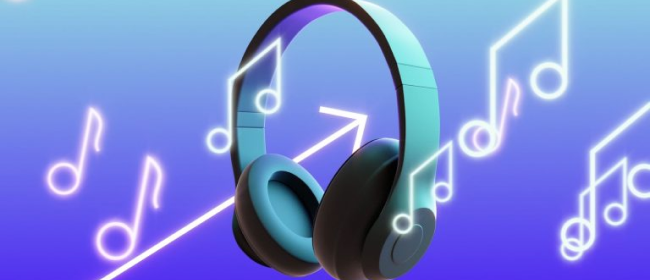

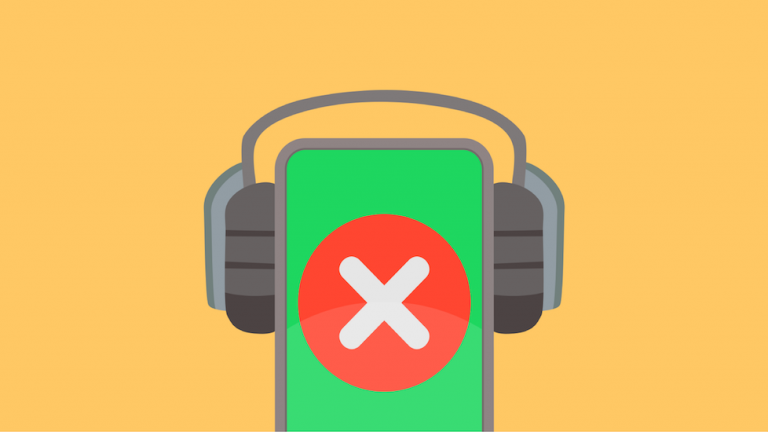
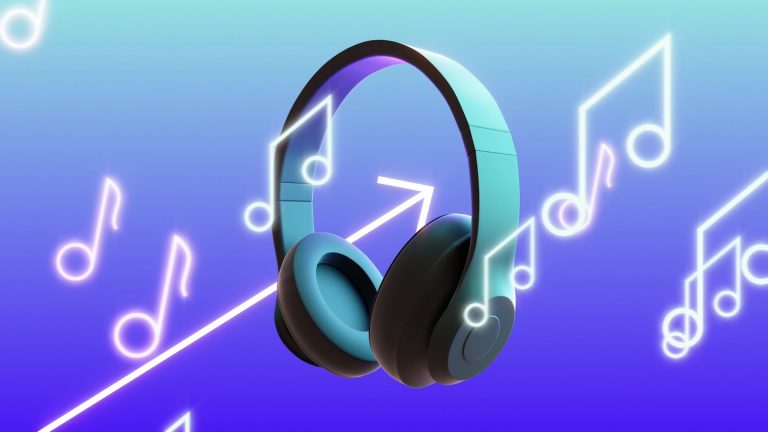
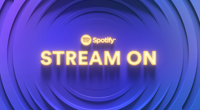



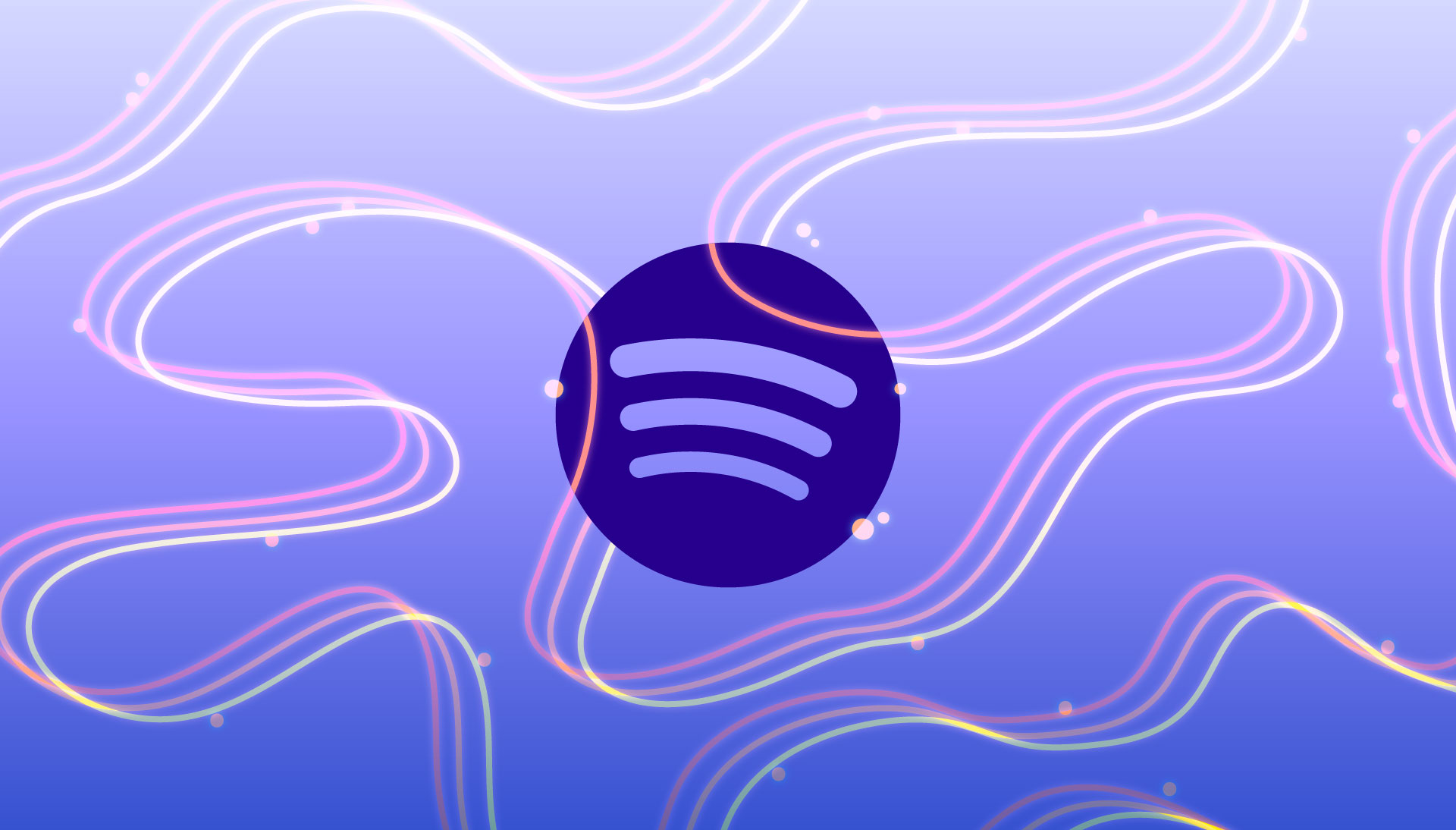
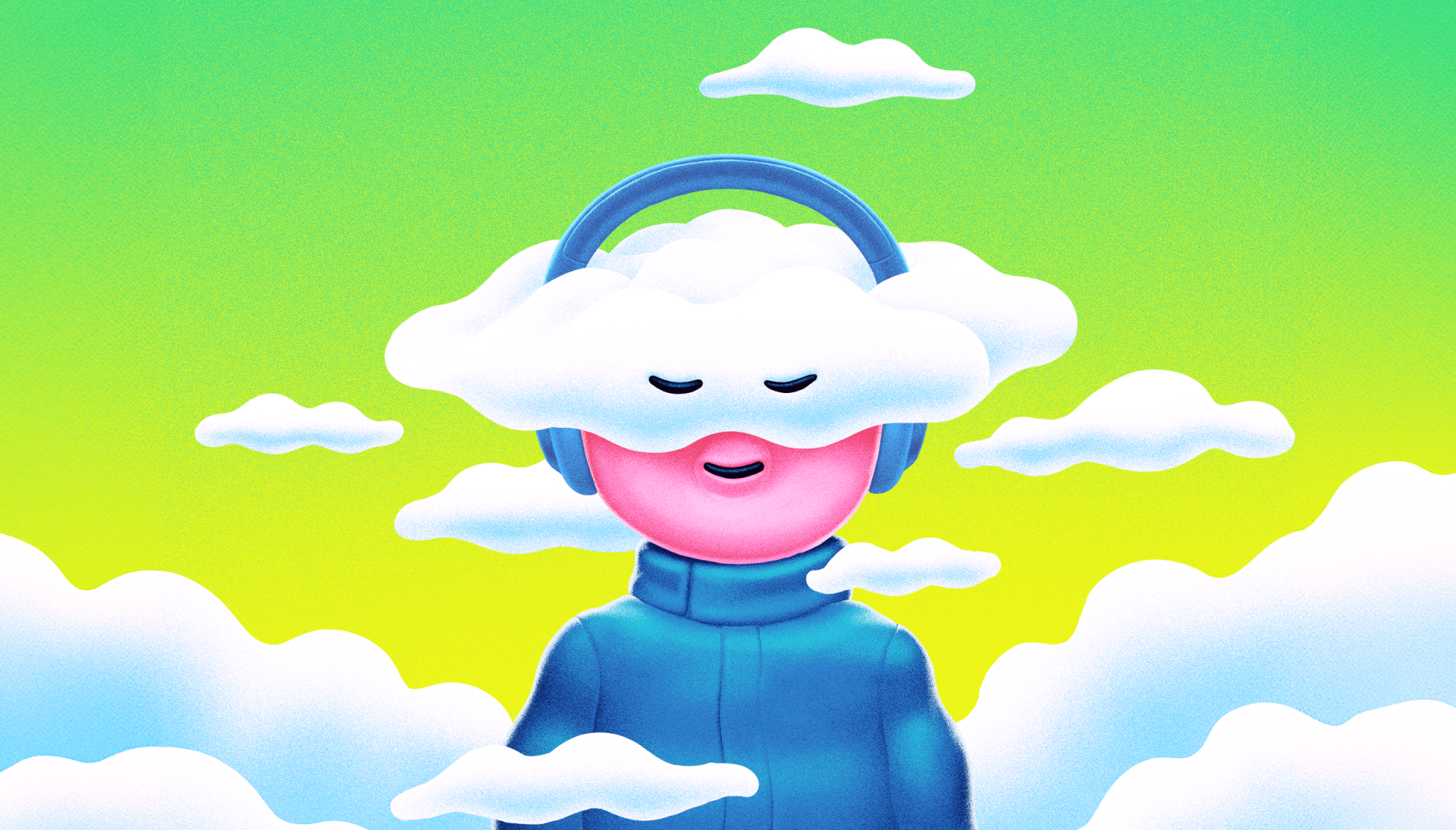
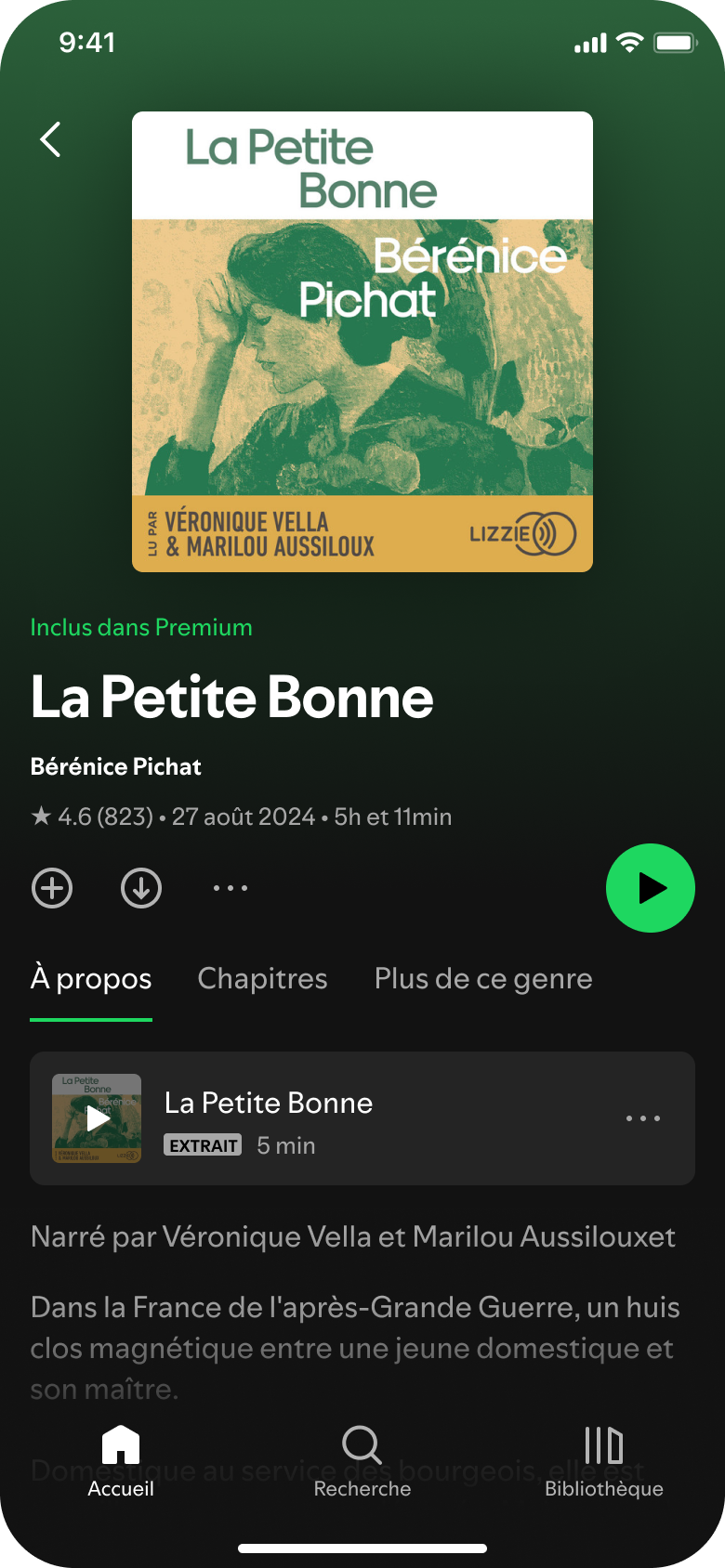



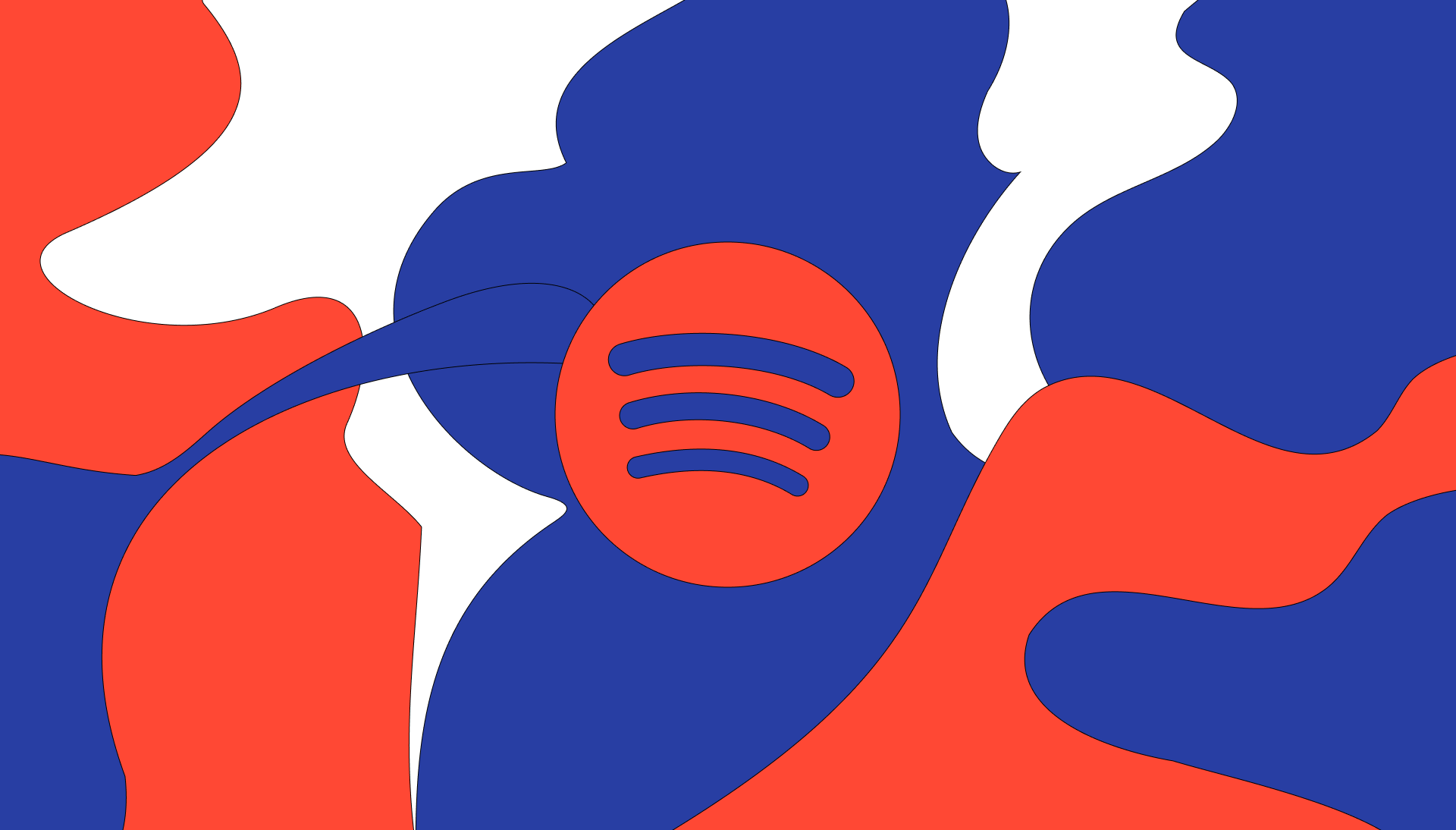
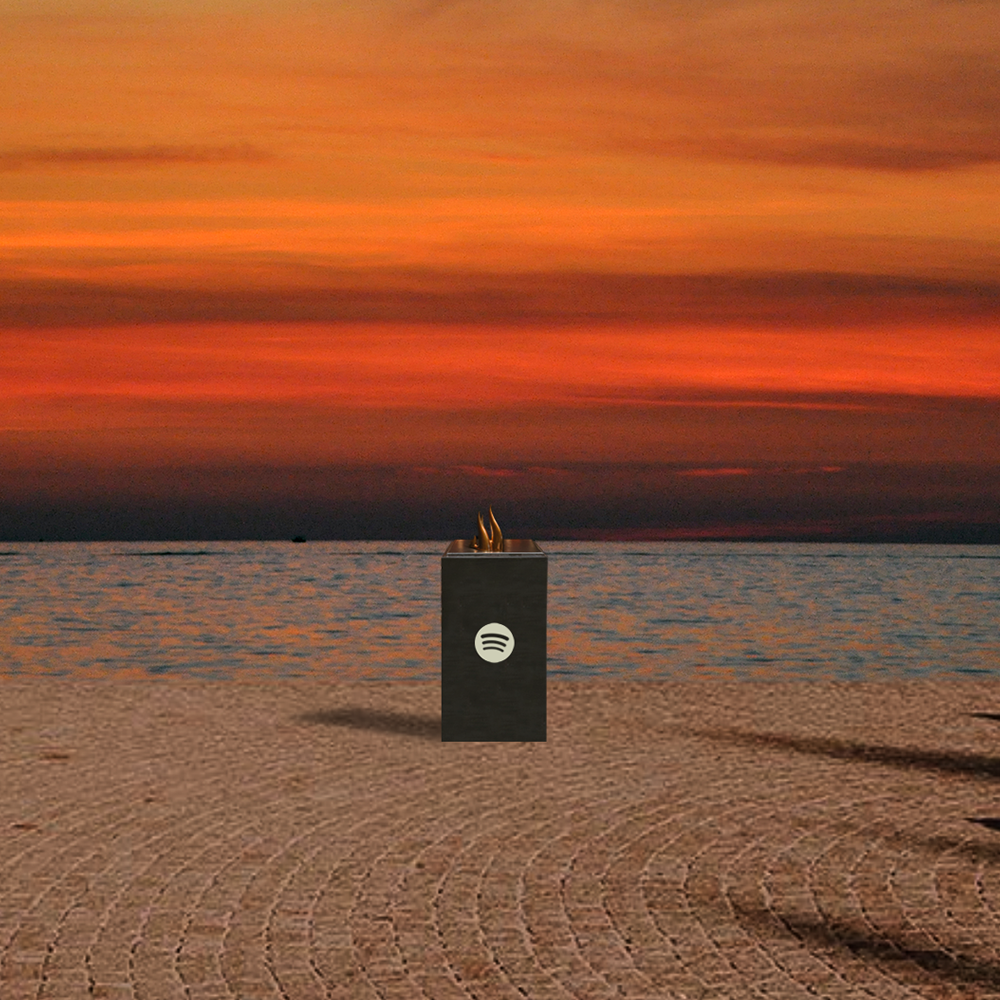
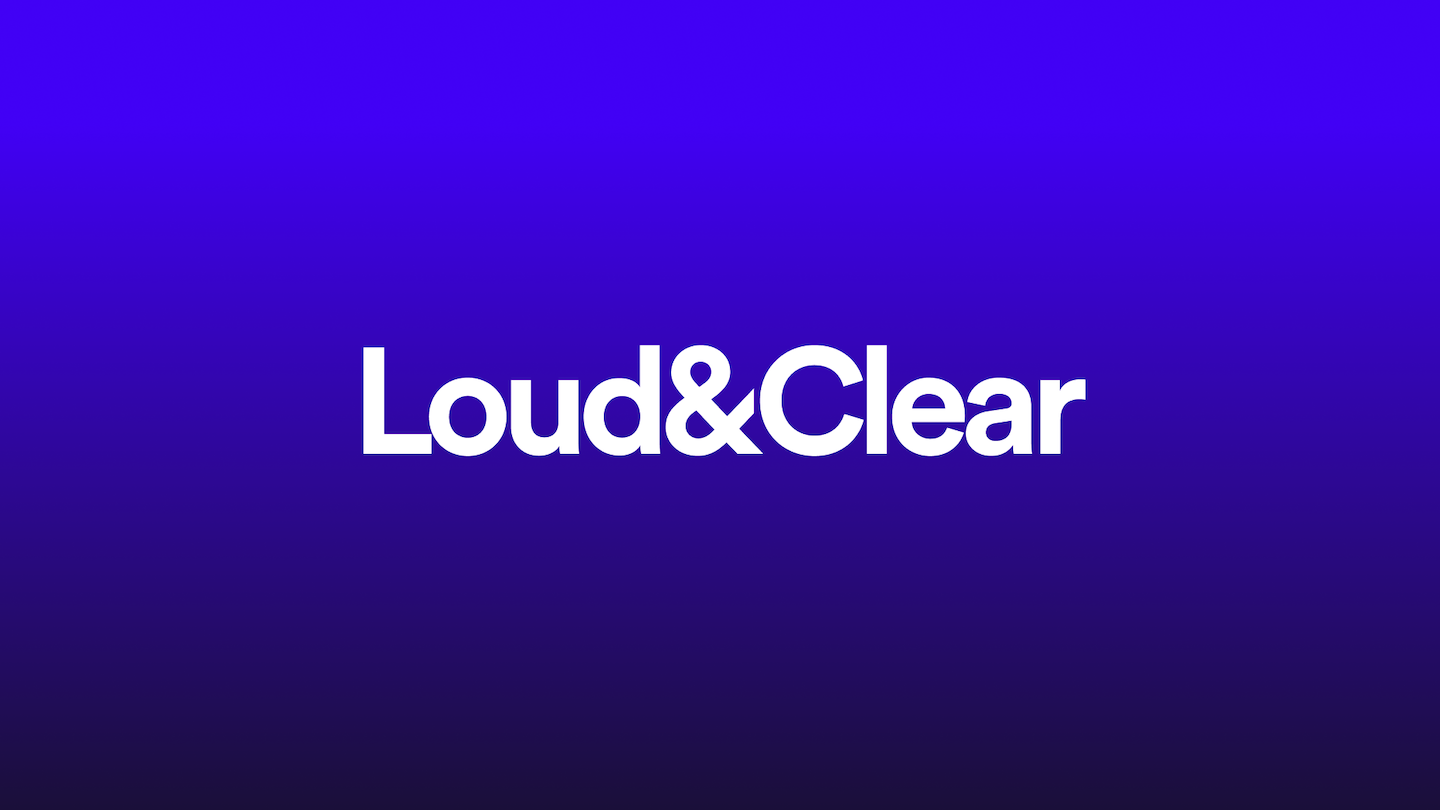
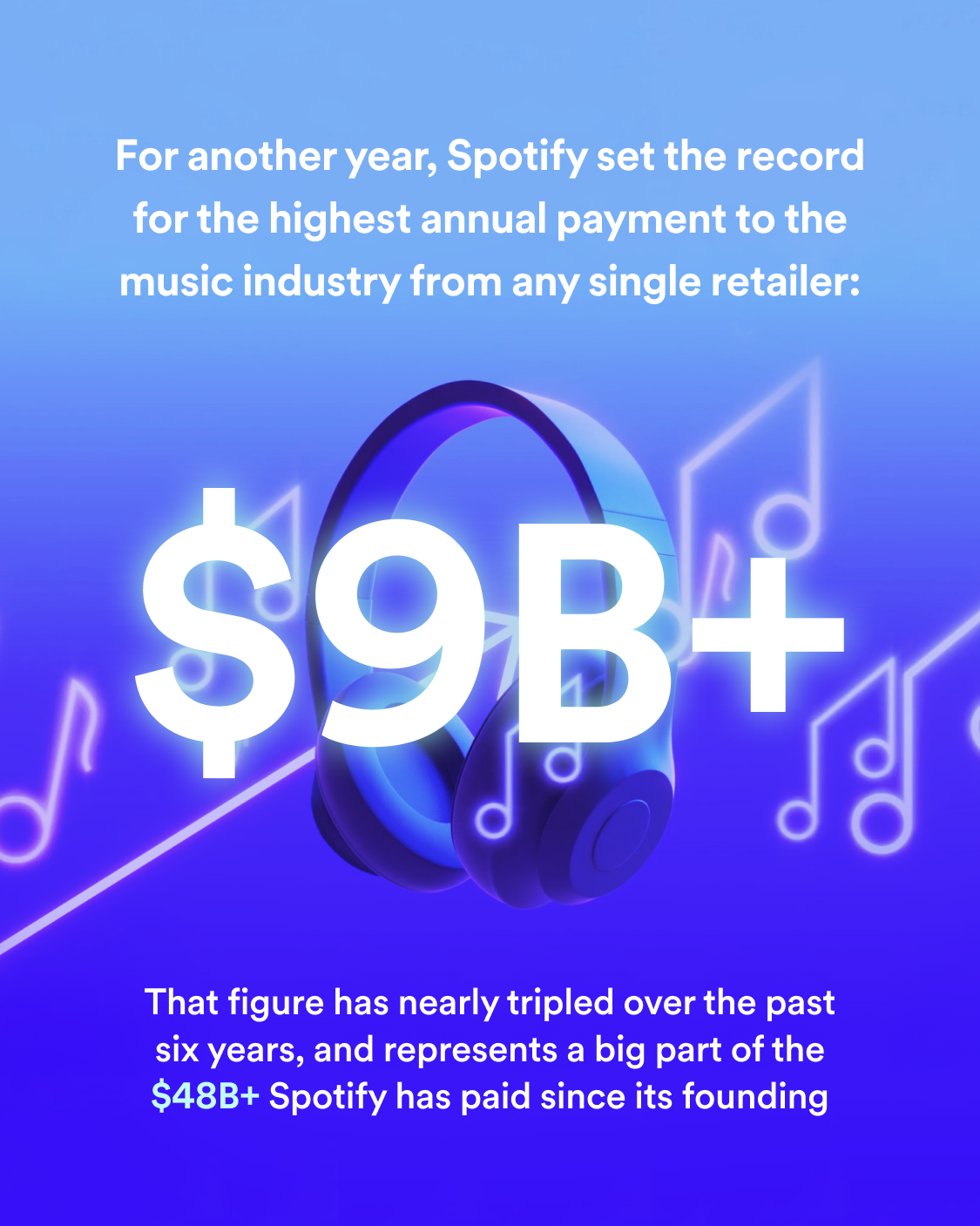
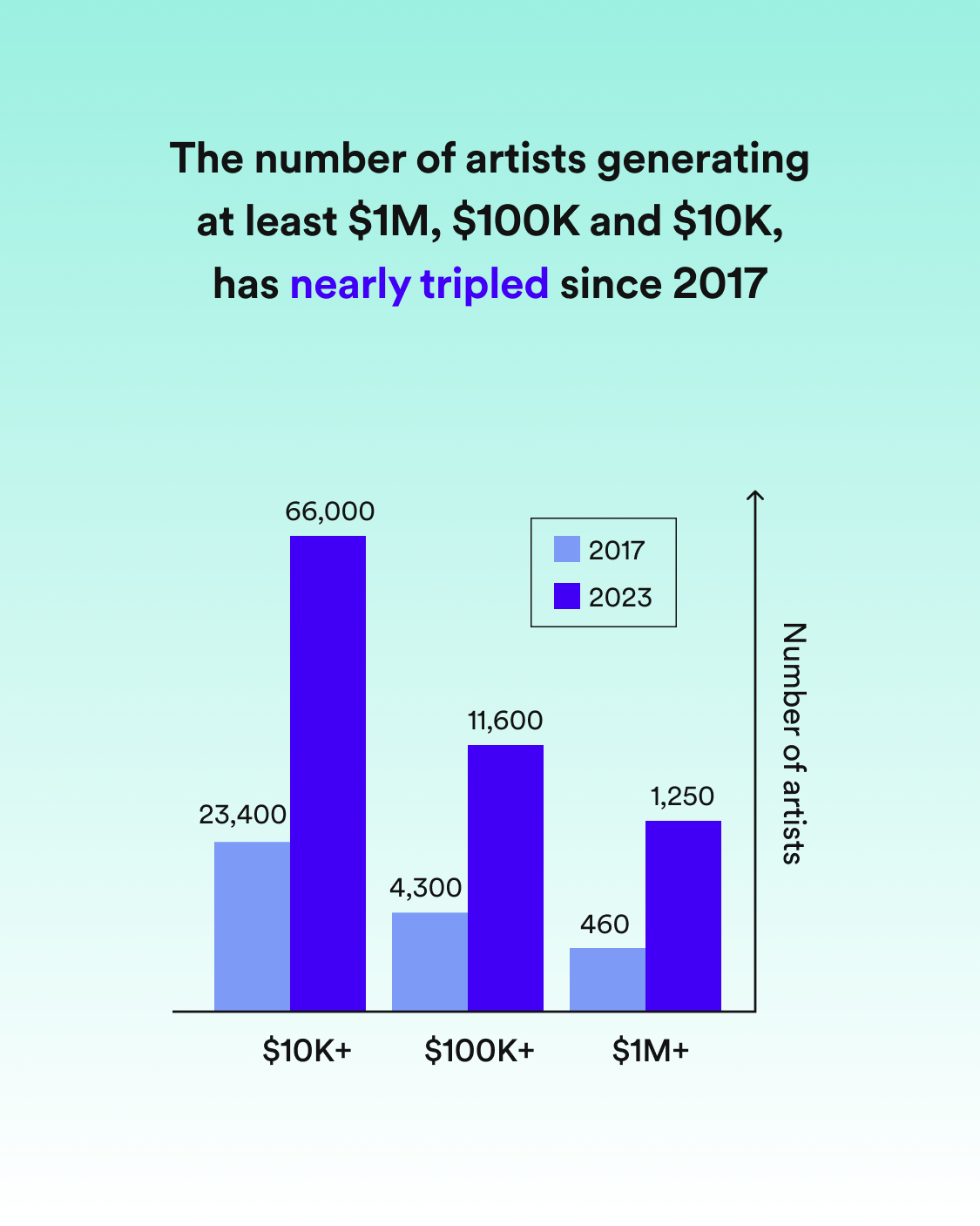
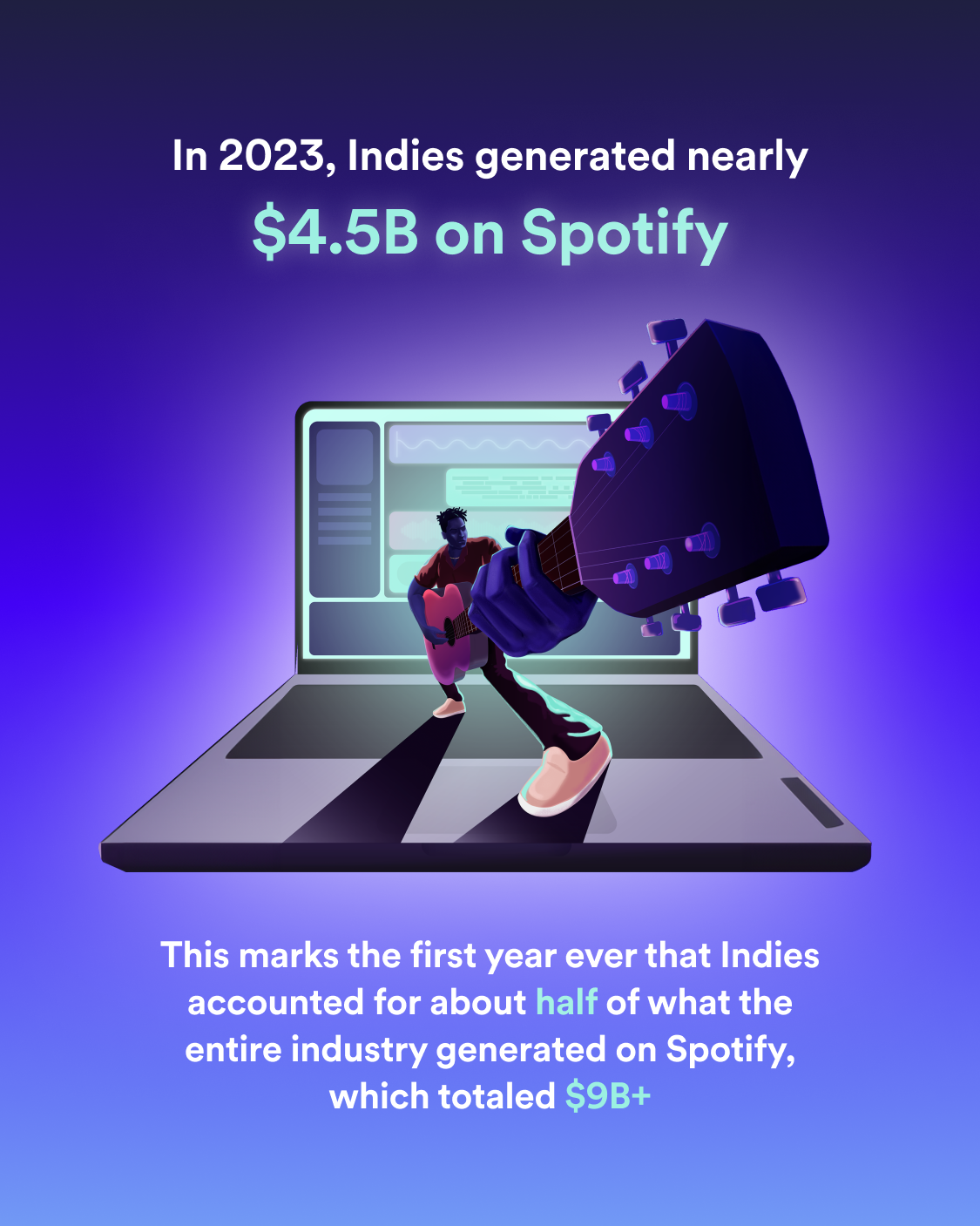
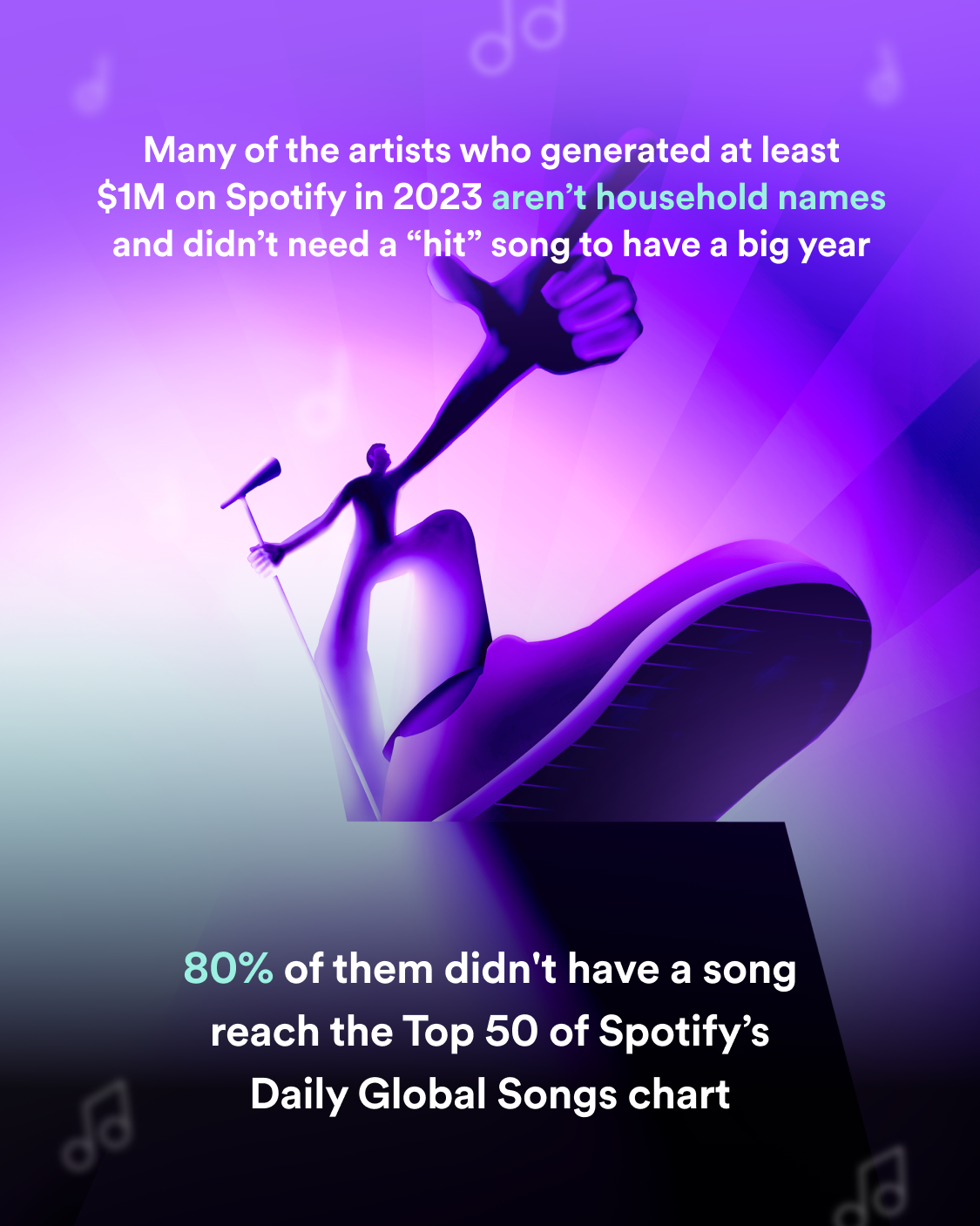

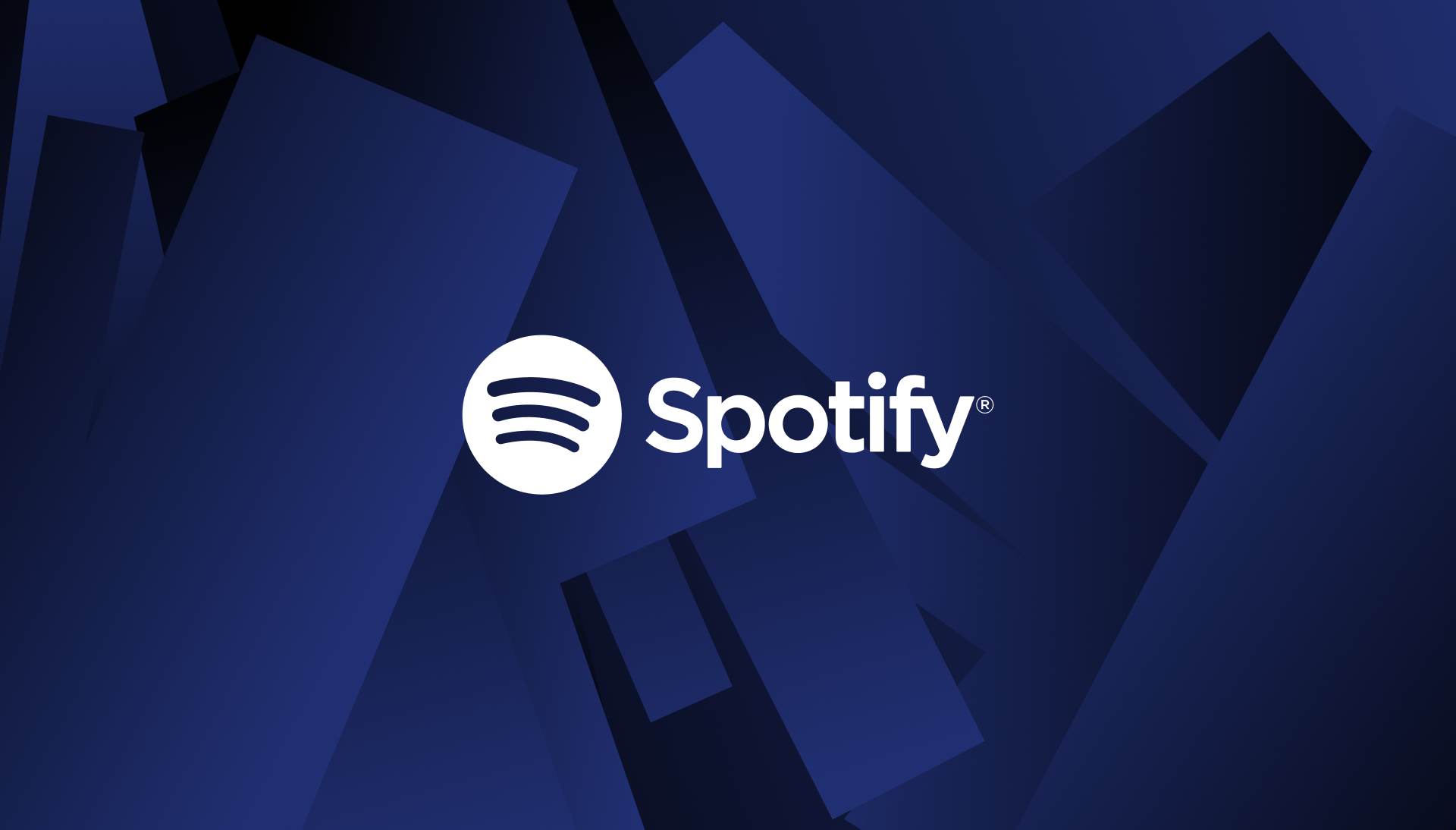
Recent Comments